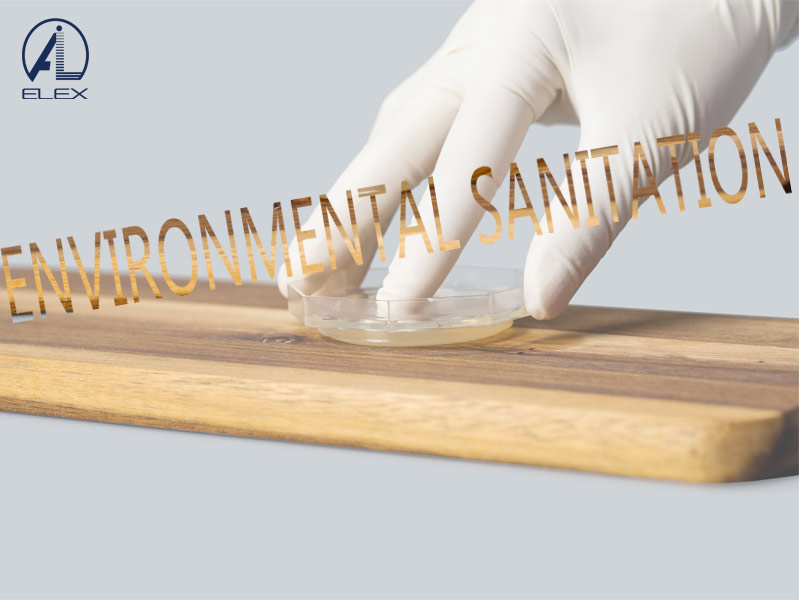Culture plate is widely used in biology to cultivate microorganisms such as bacteria, yeast and fungi. It is most suitable for organisms that thrive on solid or semi-solid surfaces.
The medium used for cultivation is typically a Petri dish containing several millimeters of thick agar or agarose gel that contains any nutrients the organism requires (such as blood, salt, carbohydrates, amino acids) and other necessary components (such as dyes, indicators, and drugs). The agar and other components are dissolved in warm water, poured into the dish and left to cool. Once the medium solidifies, the organism sample is inoculated ("plated").
The culture plate is then left undisturbed for several hours or days while the organism grows, usually in an incubator. They are often covered or inverted to reduce the risk of spore contamination by airborne particles. Virus or bacteriophage cultures require a batch of bacteria to be cultured in the Petri dish first, which then becomes the culture medium for the virus inoculum.
Although culture plate is common in microbial research, smaller culture plate is often used for large-scale studies where culturing cells in culture plate can be relatively expensive and labor-intensive.
Culture plate can be used to visualize the location of contamination on surfaces such as kitchen countertops and utensils, clothing, food preparation equipment, or animal and human skin. For this application, the Petri dish may be filled with medium that slightly protrudes from the edges of the dish to make sampling easier on hard objects. Culture plate prepared in this way are called replicated bio-detection and counting plates, which are available on the market.
Culture plate can also be used for the isolation and cultivation of eukaryotic cells, such as for immunodiffusion studies, solid agar or liquid media.
Culture plate can be used to observe the early stages of plant germination and for aseptic cell culture on agar plates on small mosses.
Culture plate may be used as convenient enclosures for studying insect and other small animal behavior.
Due to their large open surface, Culture dish is effective containers for evaporating solvents and drying precipitates at room temperature or in an oven or desiccator.
Culture dish can also be convenient for temporary storage of samples, especially liquid, granular or powdered samples, as well as tiny objects such as insects or seeds. Their transparency and flat profile allow for examination of the contents with the naked eye, magnifying glass or low-power microscope without removing the lid.
 A Tentative Study on the relevance of HACCP certification and infection control in hospital
A Tentative Study on the relevance of HACCP certification and infection control in hospital
 Environmental Sanitation Microbiology Testing
Environmental Sanitation Microbiology Testing
 Microbiology Test in Food Industry
Microbiology Test in Food Industry
 The Applicability of High-quality Ready-to-use Swab Sampler for Tableware Sampling and Public Places Supplies and Utensils Microorganisms
The Applicability of High-quality Ready-to-use Swab Sampler for Tableware Sampling and Public Places Supplies and Utensils Microorganisms
 Spike Experiment of DNP Culture Media Plate Based on Ice Cream
Spike Experiment of DNP Culture Media Plate Based on Ice Cream


